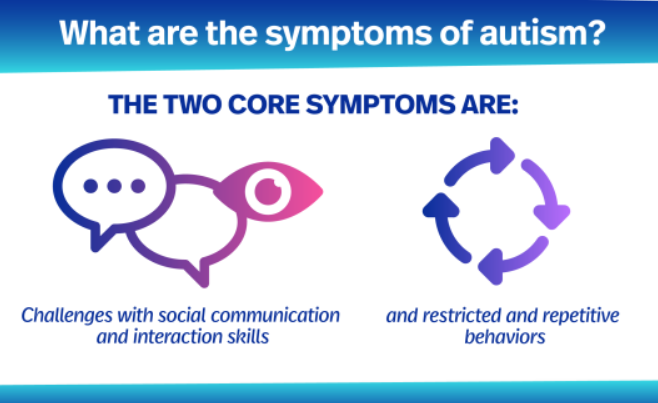Communication and Interaction

Communication and Interaction is one of the broad areas of SEND which covers difficulties with communication needs and how they interact with others. The SEND Code of Practice outlines that:

Take a look below at some of the specific needs and diagnosis children may have under this category of SEND.
Speech and language
A speech and language difficulty is when a child has a developmental delay with their language development. This can be an isolated area of need for a child, or it can come alongside other SEND needs, such as Autism.
Speech and language difficulties include challenges with speech pronunciation, understanding concepts, listening and attention skills and the structure of speech. Some children experience just one specific area of speech and language, or can experience a combination of areas.
Click the Coffee Morning Presentation below to find out more.
Autism
According to the Autistic Society, Autism is a lifelong developmental disability which affects how people communicate and interact with the world.
Watch the video below to find out more:

Some common characteristics that an autistic person may display include:
- Social interaction skills - taking turns, sharing emotions and feelings, understanding what others are thinking and feeling.
- Communication - making eye contact, understanding body language, regulating tone of voice.
- Developing, maintaining and understanding relationships - expressing feelings and seeking comfort, making friends and comforting peers, understanding boundaries and personal space, feeling overwhelmed in social situations.
- Repetitive movements or play - stimming or making repetitive movements, lining up toys, spinning wheels/continually flipping switches, imitating others' speech (known as echolalia)
- Insistence on sameness and routine - change can cause distress, ritualistic behaviours, a need for routine.
- Intense and highly focused interests - extreme interest of knowledge of specific, narrow topics. Strong attachments to toys/objects.
- Under- or over-sensitivity to sensory stimulation - unusual sensitivity to light, sound, touch, taste and textures, seeking sensory-seeking behaviours such as smelling, chewing, visual fascination with lights, movements. Lack of sensitivity to pain or temperature.

Hereford and Worcestershire S&L services and resources
Worcestershire Speech and Language Therapy Facebook Page
Pack of activities for parents
